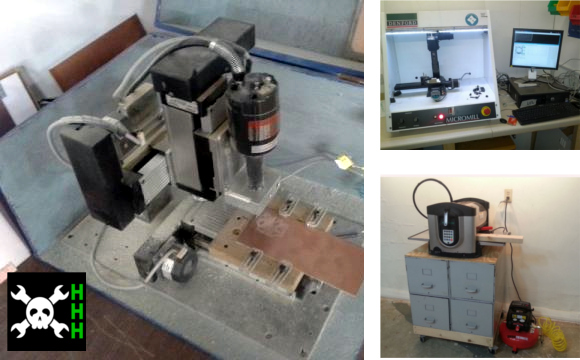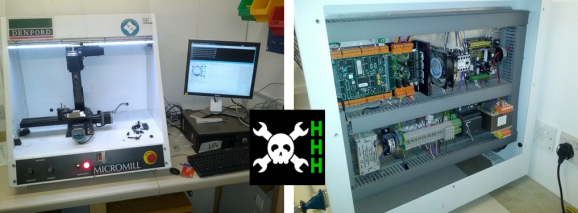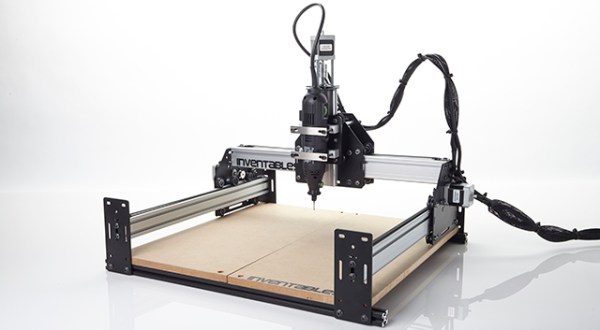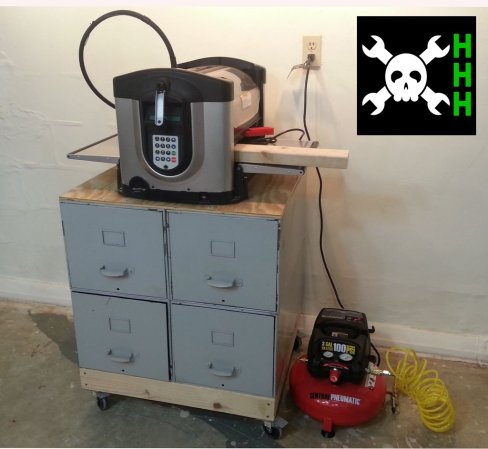
Congratulations to the winners of the first Hackaday Hackerspace Henchmen series. We asked hackerspace members to send us stories about CNC hacks. Here’s a roundup of the three winners:
[Rich] from the Connecticut Hackerspace gets the top spot having sent in the story of their desktop CNC mill hacks. He gets a $50 gift card to the parts vendor of his choosing.
[Barnaby] is also a winner for sharing the story of how they hacked a script to translate G-Code into the proprietary format accepted by the desktop CNC mill at rlab.
And [Tim’s] submission showed how a movable storage base was built for the CNC carving machine at The Rabbit Hole.
We had hoped for more entries and planned to send out stickers to all and shirts to the top five. We’ll be sending both shirts and stickers to the three winners. We’re undecided as to whether we should continue the HHH program with a new theme. We’d love to hear what you think about it in the comments section.

















